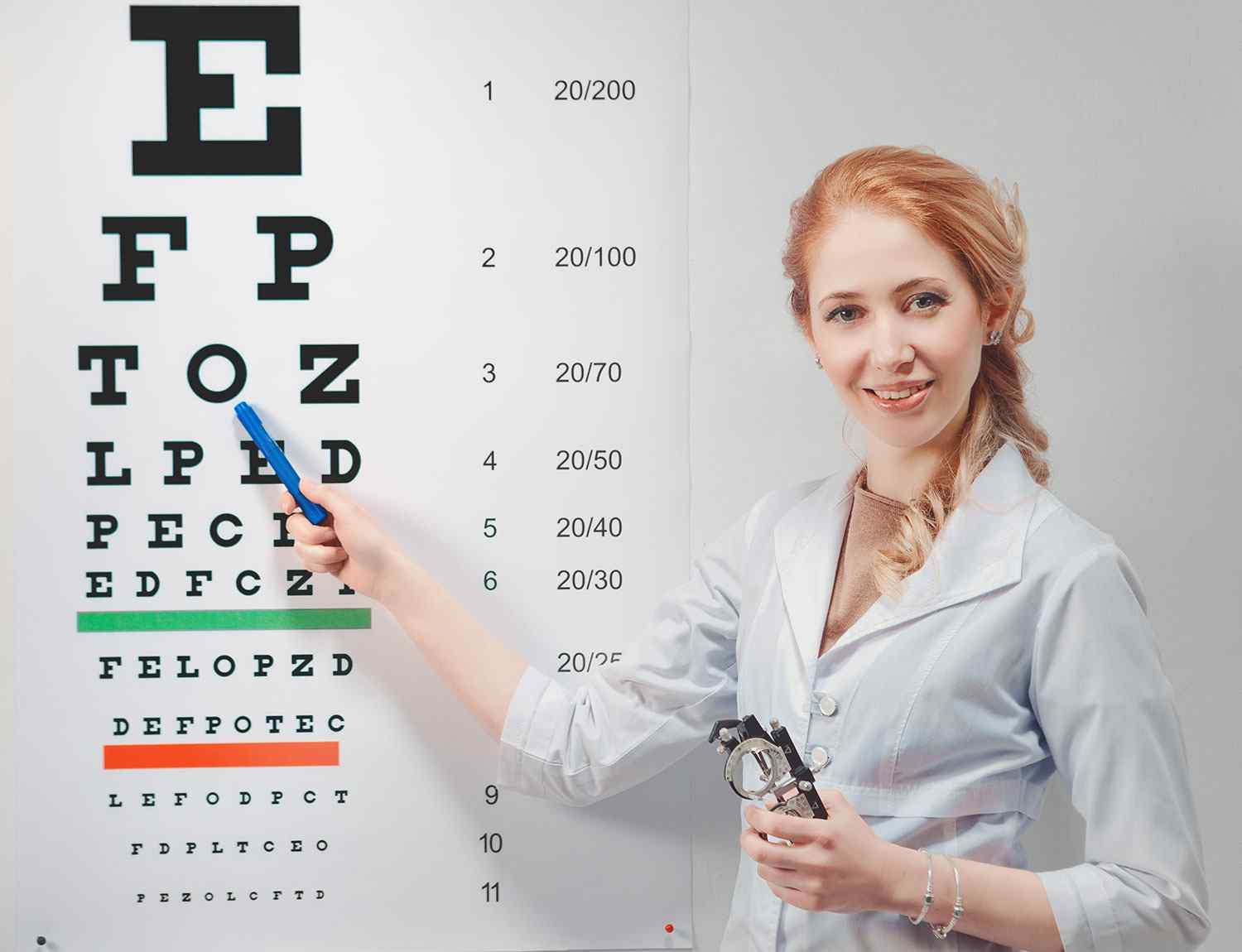Tirumala Tirupati Devasthanams (TTD)
Shri Srinivasa (Balaji) Kalyanam
Seva Ticket Details
The cost of the ticket for this seva is Rs. 1000. Each ticket permits entry for two adults and children under 12 years of age.
Seva Timings & Reporting
The Kalyanotsavam seva will be conducted between 10:30 AM and 1:30 PM. Devotees are required to assemble at Supadham one hour before the scheduled seva time. Please ensure you have a hard copy of the ticket printout and an original photo ID proof.
Kalyanotsavam for Newly Married Couples
Newly married couples usually participate in this seva right after their marriage. A total of 20 tickets are allocated daily for newly married couples at the CRO office in Tirumala. These tickets must be purchased a day in advance, following a first-come-first-serve approach. The counter operates from 10 AM to 5 PM.
Remember to carry your Aadhar card, Wedding Invitation, and Marriage Photos. This seva is available for pilgrims within one week of their wedding date.
Prasadam / Bahumanam
Devotees will receive a Vastra Bahumanam (traditional cloth offering) and a large laddu, along with two small laddus.
Darshan
After the Kalyanam Seva, participants are granted entrance for darshan, which will merge into the general queue. The darshan usually takes around 15 minutes after the seva. The Kalyanotsavam is performed adjacent to the Main temple within the temple premises.
Dress Code
Men are required to wear a Dothi and should remove their shirt while taking part in the Kalyanotsavam Seva. Women are expected to wear a saree or a Punjabi dress with a Dupatta (scarf).
| Date | Day | Morning(8 AM to 10 AM) | Evening(7 PM to 9 PM) |
|---|---|---|---|
| 18-09-2023 | Monday | – | Dhwajaarohanam (5:30 PM onwards), Pedda Shesha Vahanam (9 PM onwards) |
| 19-09-2023 | Tuesday | Chinna Shesha Vahanam | Hamsa Vahanam |
| 20-09-2023 | Wednesday | Simha Vahanam | Mutyapu Pandiri |
| 21-09-2023 | Thursday | Kalpa Vriksha Vahanam | Sarva Bhupala Vahanam |
| 22-09-2023 | Friday | Mohini Avataram | Garuda Seva |
| 23-09-2023 | Saturday | Hanumad Vahanam | Golden Chariot (Evening – 4PM onwards), Gaja Vahanam |
| 24-09-2023 | Sunday | Suryaprabha Vahanam | Chandraprabha Vahanam |
| 25-09-2023 | Monday | Rathotsavam | Ashwa Vahanam |
| 26-09-2023 | Tuesday | Chakra Snanam | Dhwajaavarohanam |
It is a rare opportunity for the people of Milton Keynes and nearby to witness the spectacular spiritual event of Shri Srinivasa Kalyanam and seek the blessings of Lord Venkateswara.
The event is organized by the Shri Srinivasa (Balaji) Association of Milton Keynes in association with TTD and APNRTS.
The following Sevas will be performed from 8 am and free Sarvadarshanam entry will start from 2 pm onwards upon registration.
- Suprabhatham
- Tomala Seva
- Koluvu
- Archana
- Satrumurai
- Shri Srinivasa Kalyanam
- Veda Ashirvadam and
- Sarvadarshanam
We are putting all our sincere efforts into giving a memorable breathtaking spiritual experience for all.
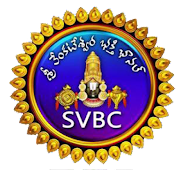
Srivari Kalyanam LIVE telecasted by SVBC Sri Venkateshwara Bhakthi Channel throughout the globe on the day of the event.
13th September 2025
8 AM to 6 PM
Denbigh School,
Burchard Crescent,
Shenley Church End,
Milton Keynes,
MK5 6EX
Registration mandatory

If you’d like to join the event, please register by scanning the QR code above or clicking the button below.
Any Generous Donations Are Welcome
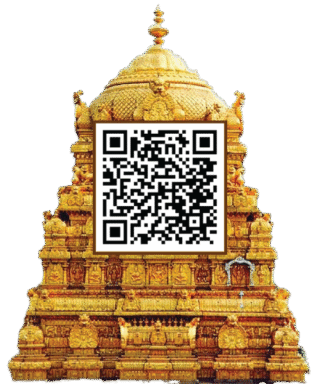
Account Name:
Shri Srinivasa (Balaji) Association of Milton Keynes
Account Type:
Business Charity Account
Sort Code:
20-57-44
Account Number:
23764141
Our Sponsors
Raja Phoshaka







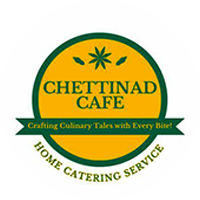



Phoshaka



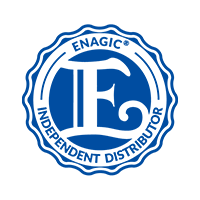
Our Associates
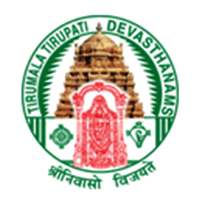
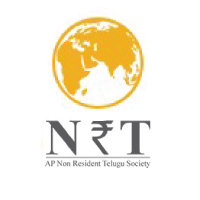
Want to get involved?
Mr. Balaji Varadarajan
07920 546143
Mr. Ganesan Pillai
07918 641239
Mr. Hara Prasad Reddy Gandluri
07805 733085
Mr. Janardhana Reddy Chintapanti
07814 239552
Mr. Lakshmi Narasimharao Yadavalli
07809 404888
Mr. Lokanadha Reddy Maram
07769 339470
Mr. Padmanabhan Sarangapani
07483 827975
Mr. Pramod Parepalli
07789 906060
Mr. Purushothama Reddy Yenumula
07706 904881
Mr. Ravikumar Nune
07766 444180
Mr. Sai Lingineni
07530 661065
Mr. Sivakumar Sirigiri
07817 848549
Mr. Yashas Iyengar
07405 717607
Mr. Vikram Paritala
07502 984267
LOCATION
Denbigh School,
Burchard Crescent,
Shenley Church End,
Milton Keynes,
MK5 6EX.
WRITE TO US
History Of
Kalyanotsavam
Aalaya Suddhi
Before the commencement of Brahmotsavam, the temple of Lord Sri Venkateswara is cleaned according to the guidelines given in the religious texts. The temple premises and its surroundings are decorated with flowers and mango leaves. This process is called Aalaya Suddhi and Alankaram (decoration)
Mritsangrahanam
Mritsangrahanam (the process of collecting earth) is carried out on the day prior to the first day of Brahmotsavam. The temple officials pray to deities like Vishvaksena, Anantha, Sudarshana and Garuda. They also pray to Mother Earth and collect a small quantity of earth, with which the Ankurarpanam ritual is conducted, by which the earth is spread in a room and nine kinds of cereals are sown in it.
Dwajarohanam and Devatavanam
Dwajarohanam (hoisting the flag or garudadhwaja) signals the start of the Brahmotsavam. It is carried out at the Dwajasthambham, near the Nadimi Padi Kavili inside the temple complex. The temple officials hoist the flag (with a picture of Garuda on it) to the chanting of Vedic mantras by the temple priests. It is believed that Garuda goes to Devalokam to invite Gods like Brahma, Indra, Yama, Agni, Kubera and Vayudeva and sages like Vasistha and Vishwamitra.
Vahana Seva
The Lord is taken in a procession around the streets of Tirumala on different vahanas (vehicles). Each vahana has its own significance, and conveys the Lord’s message in its own way.
Srivari Koluvu
During Brahmotsavam, the Lord holds court in the main temple, after being taken around in a procession. The temple priests perform Naivedyam during this time.
Snapanam
Snapanam (also called the Utsavananthara Snapanam) is the process of bathing the Lord with herbal water after the procession. It is believed to relieve the strain the Lord has undergone during the procession.
Choornabhishekam
Choornabhishekam involves bathing the lord and his consorts after anointing them with sandalwood powder. This is done on the morning of the ninth day of the Brahmotsavam. The Lord is then taken in a procession around the streets of Tirumala. The temple priests distribute the sandalwood powder used for the Lord to devotees. It is believed that the sandalwood powder has the power of clearing obstacles from one’s path.
Chakrasnanam
The Chakrasnanam ritual is akin to the bathing ritual after the performance of a yagna. On the morning of the last day of Brahmotsavam, the Lord, his consorts and Sri Sudarshanachakram are bathed in the Swami Pushkarini. Devotees can also bathe in the Swami Pushkarini, along with Sri Sudarshanachakram. It is considered to be a very sacred ritual, and devotees participate in this ritual, irrespective of religion, caste or creed.
Devatodwasanam
On the last day of Brahmotsavam, the ritual of seeing off the rishis and Gods to Devalokam is called Devatodwasanam. It is performed after the daily archana. Lord Brahma is praised for organising the utsavam, and He is honoured by the temple priests and officials.
Dwajavarohanam
Dwajavarohanam or lowering the flag (hoisted on the first day of Brahmotsavam) is carried out on the evening of the last day of Brahmotsavam.
Aalaya Suddhi
Before the commencement of Brahmotsavam, the temple of Lord Sri Venkateswara is cleaned according to the guidelines given in the religious texts. The temple premises and its surroundings are decorated with flowers and mango leaves. This process is called Aalaya Suddhi and Alankaram (decoration)
Mritsangrahanam
Mritsangrahanam (the process of collecting earth) is carried out on the day prior to the first day of Brahmotsavam. The temple officials pray to deities like Vishvaksena, Anantha, Sudarshana and Garuda. They also pray to Mother Earth and collect a small quantity of earth, with which the Ankurarpanam ritual is conducted, by which the earth is spread in a room and nine kinds of cereals are sown in it.
Dwajarohanam and Devatavanam
Dwajarohanam (hoisting the flag or garudadhwaja) signals the start of the Brahmotsavam. It is carried out at the Dwajasthambham, near the Nadimi Padi Kavili inside the temple complex. The temple officials hoist the flag (with a picture of Garuda on it) to the chanting of Vedic mantras by the temple priests. It is believed that Garuda goes to Devalokam to invite Gods like Brahma, Indra, Yama, Agni, Kubera and Vayudeva and sages like Vasistha and Vishwamitra.
Vahana Seva
The Lord is taken in a procession around the streets of Tirumala on different vahanas (vehicles). Each vahana has its own significance, and conveys the Lord’s message in its own way.
Srivari Koluvu
During Brahmotsavam, the Lord holds court in the main temple, after being taken around in a procession. The temple priests perform Naivedyam during this time.
Snapanam
Snapanam (also called the Utsavananthara Snapanam) is the process of bathing the Lord with herbal water after the procession. It is believed to relieve the strain the Lord has undergone during the procession.
Choornabhishekam
Choornabhishekam involves bathing the lord and his consorts after anointing them with sandalwood powder. This is done on the morning of the ninth day of the Brahmotsavam. The Lord is then taken in a procession around the streets of Tirumala. The temple priests distribute the sandalwood powder used for the Lord to devotees. It is believed that the sandalwood powder has the power of clearing obstacles from one’s path.
Chakrasnanam
The Chakrasnanam ritual is akin to the bathing ritual after the performance of a yagna. On the morning of the last day of Brahmotsavam, the Lord, his consorts and Sri Sudarshanachakram are bathed in the Swami Pushkarini. Devotees can also bathe in the Swami Pushkarini, along with Sri Sudarshanachakram. It is considered to be a very sacred ritual, and devotees participate in this ritual, irrespective of religion, caste or creed.
Devatodwasanam
On the last day of Brahmotsavam, the ritual of seeing off the rishis and Gods to Devalokam is called Devatodwasanam. It is performed after the daily archana. Lord Brahma is praised for organising the utsavam, and He is honoured by the temple priests and officials.
Dwajavarohanam
Dwajavarohanam or lowering the flag (hoisted on the first day of Brahmotsavam) is carried out on the evening of the last day of Brahmotsavam.
Aalaya Suddhi
Before the commencement of Brahmotsavam, the temple of Lord Sri Venkateswara is cleaned according to the guidelines given in the religious texts. The temple premises and its surroundings are decorated with flowers and mango leaves. This process is called Aalaya Suddhi and Alankaram (decoration)
Mritsangrahanam
Mritsangrahanam (the process of collecting earth) is carried out on the day prior to the first day of Brahmotsavam. The temple officials pray to deities like Vishvaksena, Anantha, Sudarshana and Garuda. They also pray to Mother Earth and collect a small quantity of earth, with which the Ankurarpanam ritual is conducted, by which the earth is spread in a room and nine kinds of cereals are sown in it.
Dwajarohanam and Devatavanam
Dwajarohanam (hoisting the flag or garudadhwaja) signals the start of the Brahmotsavam. It is carried out at the Dwajasthambham, near the Nadimi Padi Kavili inside the temple complex. The temple officials hoist the flag (with a picture of Garuda on it) to the chanting of Vedic mantras by the temple priests. It is believed that Garuda goes to Devalokam to invite Gods like Brahma, Indra, Yama, Agni, Kubera and Vayudeva and sages like Vasistha and Vishwamitra.
Vahana Seva
The Lord is taken in a procession around the streets of Tirumala on different vahanas (vehicles). Each vahana has its own significance, and conveys the Lord’s message in its own way.
Srivari Koluvu
During Brahmotsavam, the Lord holds court in the main temple, after being taken around in a procession. The temple priests perform Naivedyam during this time.
Snapanam
Snapanam (also called the Utsavananthara Snapanam) is the process of bathing the Lord with herbal water after the procession. It is believed to relieve the strain the Lord has undergone during the procession.
Choornabhishekam
Choornabhishekam involves bathing the lord and his consorts after anointing them with sandalwood powder. This is done on the morning of the ninth day of the Brahmotsavam. The Lord is then taken in a procession around the streets of Tirumala. The temple priests distribute the sandalwood powder used for the Lord to devotees. It is believed that the sandalwood powder has the power of clearing obstacles from one’s path.
Chakrasnanam
The Chakrasnanam ritual is akin to the bathing ritual after the performance of a yagna. On the morning of the last day of Brahmotsavam, the Lord, his consorts and Sri Sudarshanachakram are bathed in the Swami Pushkarini. Devotees can also bathe in the Swami Pushkarini, along with Sri Sudarshanachakram. It is considered to be a very sacred ritual, and devotees participate in this ritual, irrespective of religion, caste or creed.
Devatodwasanam
On the last day of Brahmotsavam, the ritual of seeing off the rishis and Gods to Devalokam is called Devatodwasanam. It is performed after the daily archana. Lord Brahma is praised for organising the utsavam, and He is honoured by the temple priests and officials.
Dwajavarohanam
Dwajavarohanam or lowering the flag (hoisted on the first day of Brahmotsavam) is carried out on the evening of the last day of Brahmotsavam.
The Srivari Kalyanotsavam is a sacred ceremony honoring the Utsava Murti – Lord Sri Malayappa Swami, along with his consorts Sridevi and Bhudevi, instead of the main deity. During this ritual, a designated purohit officiates the marriage, while an archaka performs other essential rituals on behalf of the bridegroom. The wedding ceremony follows the traditional Vaikhanasa Agama rituals and commences with the Panchamurthi Puja.
The wedding ceremony adheres to the sacred Vaikhanasa Agama rituals and commences with the reverent Panchamurthi Puja. Vedic mantras are recited, and the family lineage of the brides and bridegroom is proclaimed. During the ceremony, the idols of Lord Sri Malayappa Swami and his brides face each other, separated by a tera (screen). The priests perform the necessary homas while following the appropriate customs.
At an auspicious moment, the screen is removed, allowing the bridegroom and the brides to see each other for the first time. Subsequently, the Mangala sutra dharana and Talambralu rituals take place, followed by a heartwarming exchange of garlands between the Lord and his consorts.
The tradition of Kalyana urchavam traces its origins back to 1536 AD when Tallapakam Tirumala Ayyangar conceived the idea of celebrating the divine marriage festival of Lord Malayappa Swami. The elaborate ceremony took place over a span of five days in the Tirumamani mandapam, located within the main temple premises.
However, it’s important to note that this Seva is not conducted during significant festivals such as Srivari Brahmotsavam, Pavitrotsavam, Pushpayagam, and also during the days of solar and lunar eclipses. The duration of this seva typically spans around one hour.
The Srivari Tirumala Tirupati Kalyanotsavam, or Kalyanam ritual, is conducted in strict accordance with our ancient scriptures known as Vaikhanasa Agama. According to the tenets of this sacred text, the process of performing the kalyanotsavam is delineated into seven distinct stages as outlined in the Vedas.
- Agni Pratista
- Vastra Samarpana
- Maha Sankalpam
- Kanyadhanam
- Mangalya dharana
- Varana Mahiram
- Aarti
We’re here to
help you see better
Angela Brawn
Objectively innovate empowered manufactured products whereas parallel platforms. Holisticly predominate extensible testing procedures for reliable supply chains.
Arienne Thomson
Proactively envisioned multimedia based expertise and cross-media growth strategies. Seamlessly visualize quality intellectual capital without superior collaboration.
Mitchell Newman
Collaboratively administrate turnkey channels whereas virtual e-tailers. Objectively seize scalable metrics whereas proactive e-services.
Patient testimonials
It’s helpful to have a provider who is thorough both in the office visit and the follow up contact. I’ve already recomended this place to friends and family.
Dawson Myers
Not only was I having problems with my vision but my eyes were also itchy, irritated and red. They treated for dry eyes and my eyes feel great!
Alton Shelton
The hours are great, and I didn’t have to wait long, what I also like about your office is that you are up-to-date with state-of the-art equipment.
Gisselle Alberts
With great prices
& special offers
$149
- Professional examination$100
- Glasses tryout$20
- Choose glasses brand$40-$120
- Glasses box & wiping cloth$10
- Free shipping$15
$189
- Professional examination$100
- Lenses tryout$50
- Choose lense brand$50-$150
- Contact lenses fluid$15
- Free shipping$15
$449
- Professional examination$100
- Surgery preparation$50
- Lasik surgery$250
- After surgery examination$75
- Control checkup$100
Our Sponsors
Address
W2 3XE, New York
Call us
0-800-772-3466
Write us
book@medicare.com
Sponsors Column
Want to join us?
Location
Burchard Crescent,
Shenley Church End,
Milton Keynes,
MK5 6EX.
Call us
+44 07814239552
+44 07918641239

